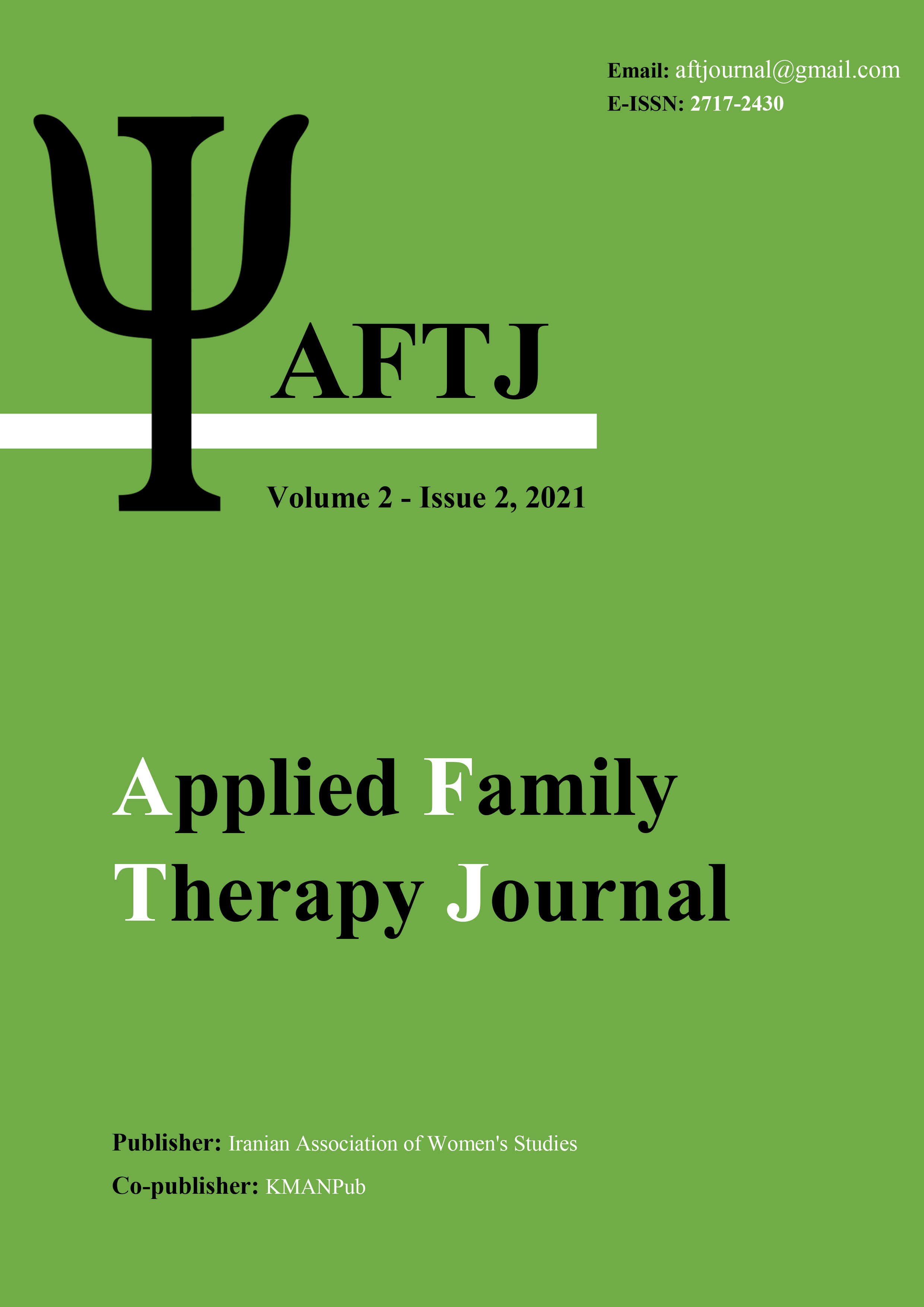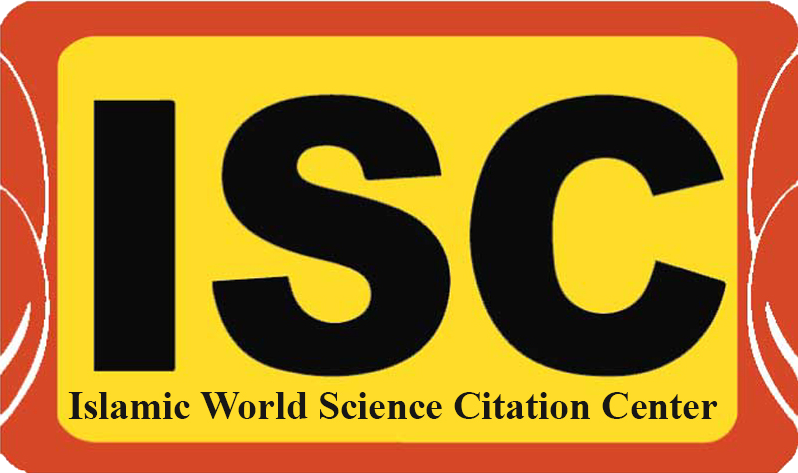The Effectiveness of Acceptance and Commitment Therapy (ACT) in Improving Impulsive Decision-Making and Suicide Ideation in Female and Male Addicts
Keywords:
Acceptance and commitment therapy (ACT) Impulsive decision-making Suicide ideation Substance abuseAbstract
Aim: The present study aimed to evaluate the effectiveness of acceptance and commitment therapy (ACT) in improving impulsive decision-making and suicide ideation of addicts. Methods: The research method was quasi-experimental with a pretest-post-test design, and follow-up stage with a control group, and its statistical population consisted of 1700 female and male addicts who visited substance abuse treatment centers in Sari. After the purposive screening, 30 individuals were selected as samples and were randomly assigned to experimental (n=15) and control (n=15) groups. The research tools included Barratt Impulsiveness Scale (BIS) by Patton, Stanford, & Barratt (1995), and Beck Scale for Suicide Ideation (1961). The experimental group received eight sessions of acceptance and commitment therapy based on the treatment package of Hayes et al. (1999), and the control group was put on the waiting list; Data were analyzed using the repeated-measures analysis of variance. Results: The results indicated that acceptance and commitment therapy was effective in reducing impulsive decision-making (F=4.87, P=0.036), and suicide ideation score (F=0.02, P=0.033), and the effects were stable in the follow-up phase (P=0.01). Conclusion: Acceptance and commitment therapy was an appropriate strategy to reduce impulsivity and suicide ideation in female and male addicts and could be used as an effective intervention.
Downloads
Downloads
Published
Issue
Section
License

This work is licensed under a Creative Commons Attribution-NonCommercial 4.0 International License.





















